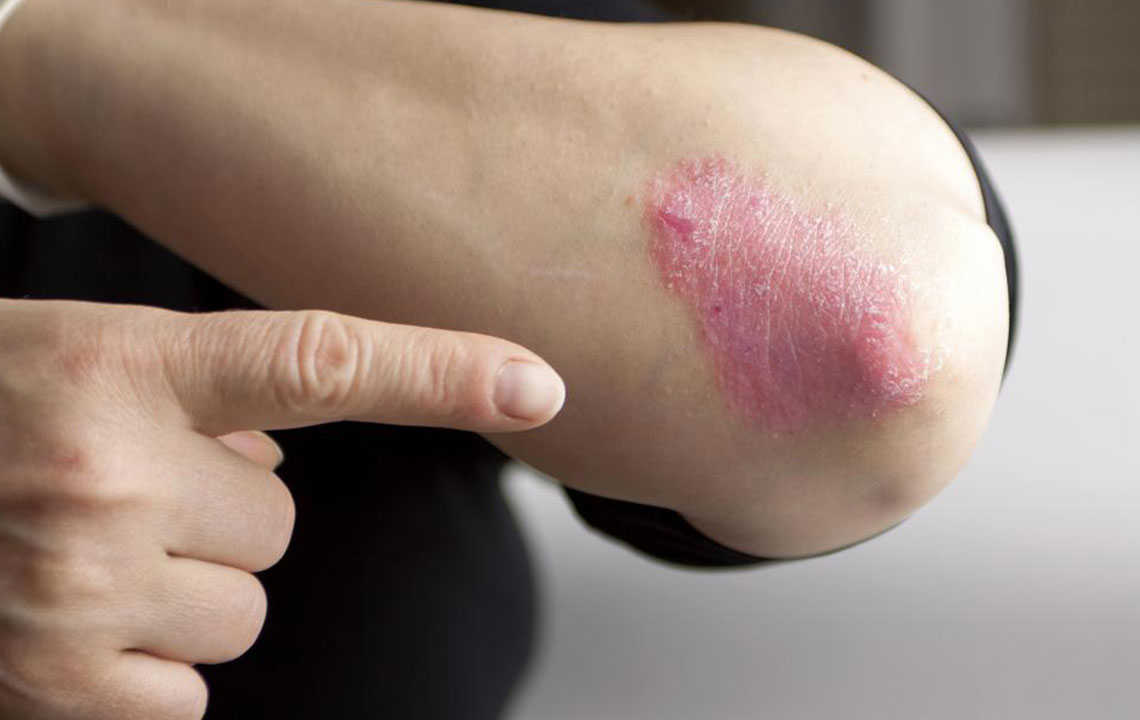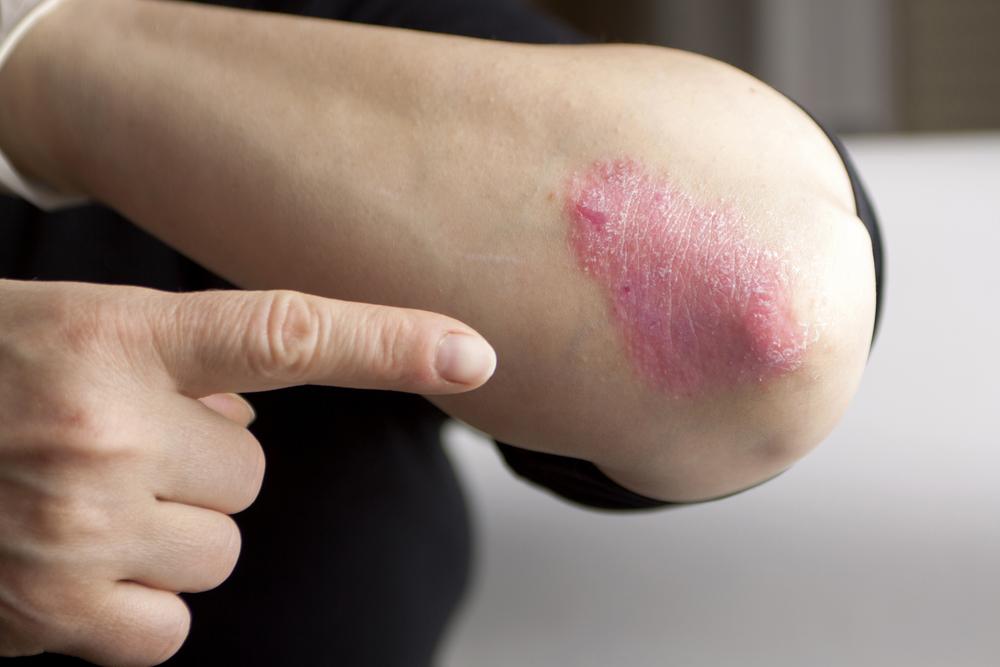Understanding Psoriasis: Causes, Signs, and Management Strategies
Learn about psoriasis, a chronic autoimmune skin condition marked by red, scaly patches. Discover its causes, symptoms, and treatment options including topical remedies, systemic therapies, and phototherapy. Recognize early signs and understand management strategies to effectively handle this common skin disorder.

Understanding Psoriasis: Causes, Signs, and Management Strategies
Psoriasis is an immune-mediated disorder characterized by the rapid buildup of skin cells, resulting in red, dry, scaly patches on the skin. It’s a chronic condition that can temporarily improve but may recur, often triggered by factors like stress.
What causes psoriasis?
The disease involves T cells, a type of immune cell. When triggered by stress or other factors, these cells mistakenly attack healthy skin tissue, producing chemicals that cause inflammation and accelerate skin cell growth.
Normally, skin renewal takes about 3 weeks, but in psoriasis, this process speeds up to just 2-6 days. Globally, approximately 3% of people are affected, with around 7.5 million cases reported nationally. Psoriasis affects both genders equally and can develop at any age, most commonly between 15-35 and 50-60 years.
Symptoms often include red patches covered with silvery scales, persistent itching, and burning. Severity varies: mild cases affect less than 3% of the body, moderate affects 3-10%, and severe covers over 10%. The elbows, knees, lower back, and scalp are common sites.
Treatment options depend on severity. Persistent symptoms should be evaluated by a healthcare provider. Treatments include topical medications, systemic drugs, and light therapy. Topical options aim to slow skin cell growth and reduce inflammation, while systemic therapies, including biologics, target the immune system. Phototherapy uses ultraviolet light to treat affected areas under medical supervision.
Note:
This content is for informational purposes only and should not replace professional medical advice. Always consult healthcare professionals for diagnosis and treatment options.










